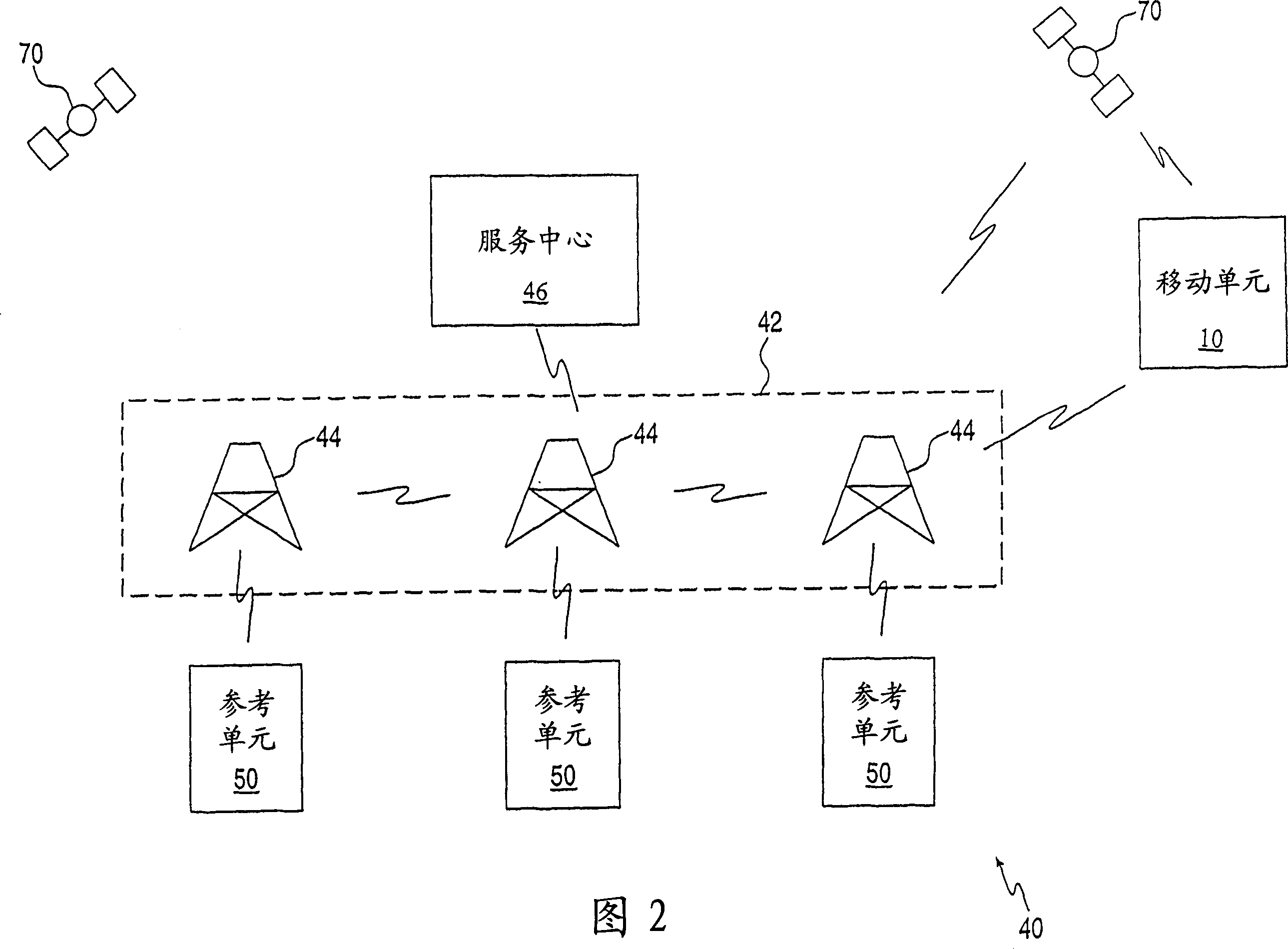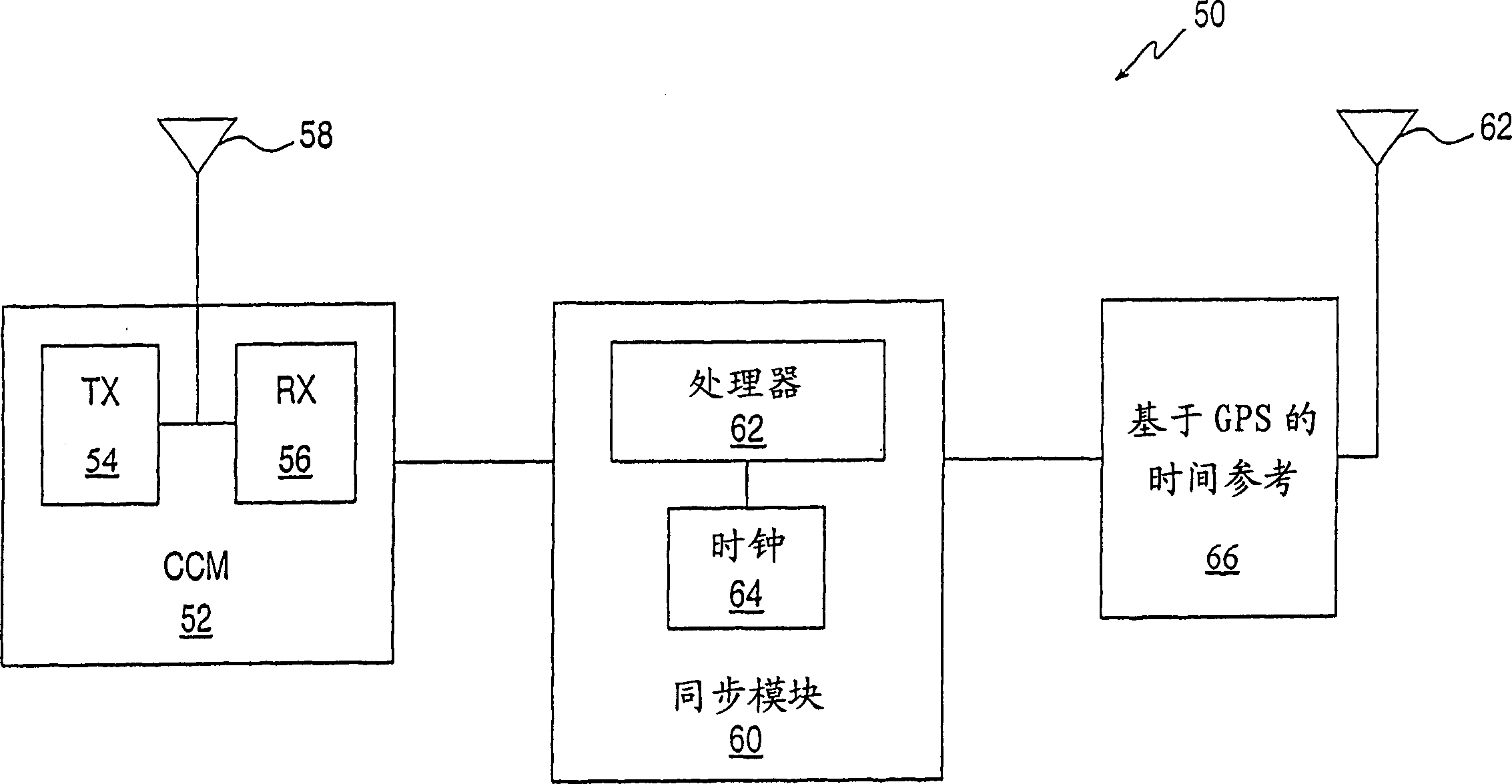Mobile unit location by coherent processed satellite signal with fixed label signal
A mobile unit, signal technology, applied in the field of positioning system
- Summary
- Abstract
- Description
- Claims
- Application Information
AI Technical Summary
Problems solved by technology
Method used
Image
Examples
Embodiment Construction
[0033] Description of the preferred embodiment
[0034] SUMMARY OF THE INVENTION The present invention is a system and method for locating a mobile unit, such as a wireless communication system, based on timing signals from mobile beacons, such as GPS satellites, and from stationary beacons, such as base stations of the wireless communication system. In particular, the present invention may be used to locate a suitably configured cellular telephone in an environment such as an urban area 20 where it is difficult to establish line of sight to four or more GPS satellites simultaneously.
[0035] Although the invention is described herein with reference to a GPS system and a cellular telephone network, it is to be understood that such description is purely illustrative, as stated above, the scope of the invention extends to the use of any suitable type of mobile and stationary beacons.
[0036] The principles and operation of the locator system and method according to the present...
PUM
 Login to View More
Login to View More Abstract
Description
Claims
Application Information
 Login to View More
Login to View More - R&D
- Intellectual Property
- Life Sciences
- Materials
- Tech Scout
- Unparalleled Data Quality
- Higher Quality Content
- 60% Fewer Hallucinations
Browse by: Latest US Patents, China's latest patents, Technical Efficacy Thesaurus, Application Domain, Technology Topic, Popular Technical Reports.
© 2025 PatSnap. All rights reserved.Legal|Privacy policy|Modern Slavery Act Transparency Statement|Sitemap|About US| Contact US: help@patsnap.com



